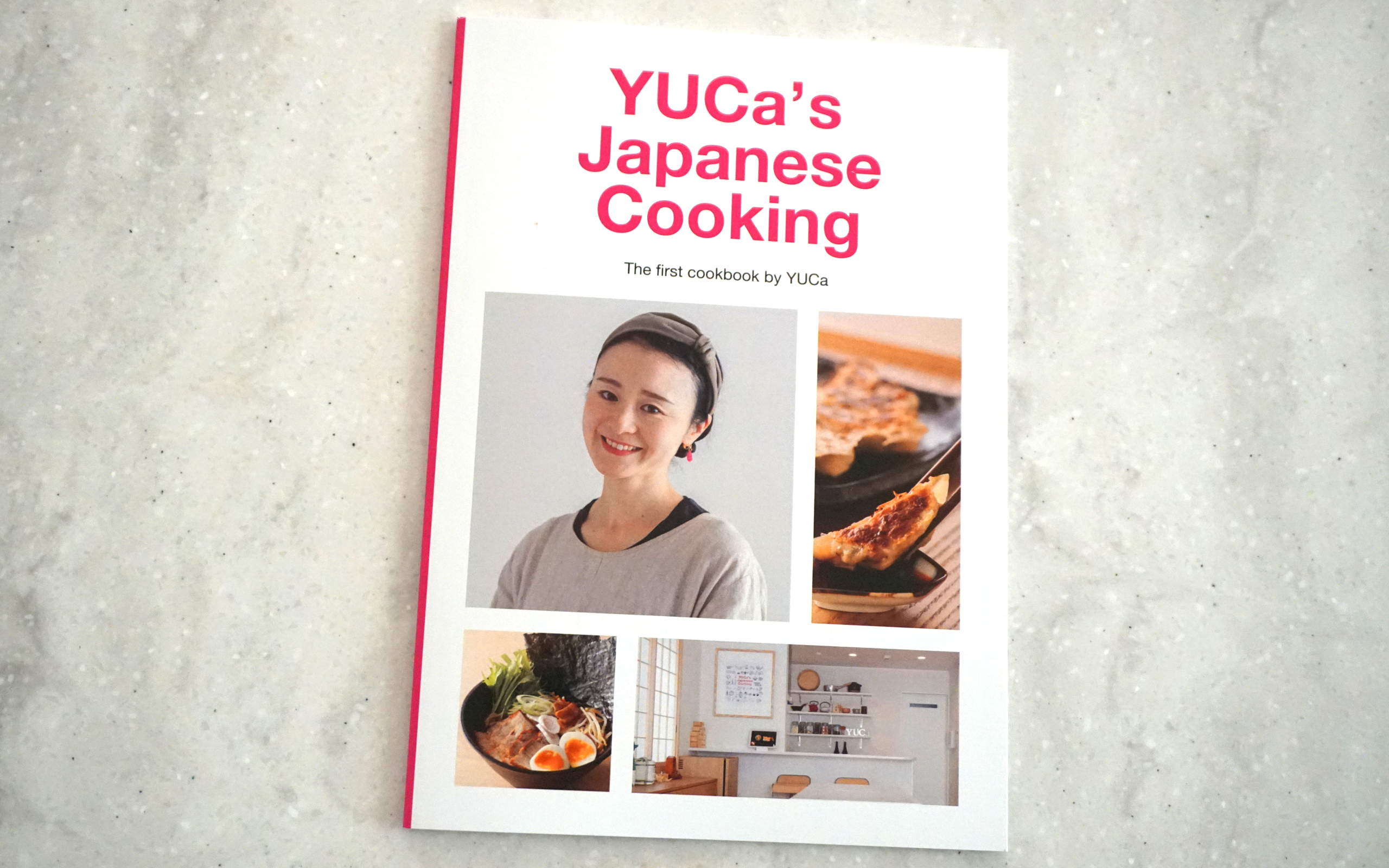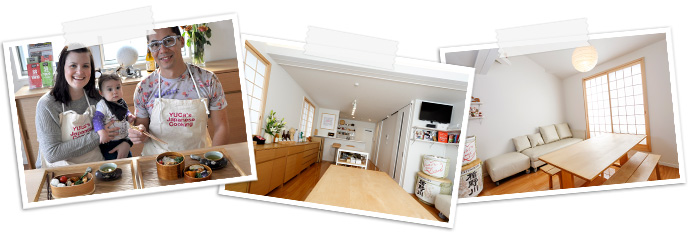
Welcome to “YUCa’s Japanese Cooking”,
a cooking class in Tokyo.
Chef and recipe creator YUCa will guide you through the art of
Simple, easy and delicious Japanese food to you!
The best cooking class in Japan 2018 - 2023 by TripAdvisor! See more detail.
-

Live streaming cooking! We offer 8 classes. Menus of some classes change monthly.
Looking forward to meeting you and cooking together!
See virtual class
-
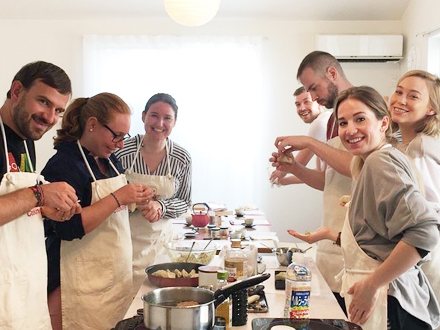
We offer 7 classes at YUCa's private kitchen studio. Each class takes 3 hours and hands-on class. Please push button to know more detail.
See in-person class
-
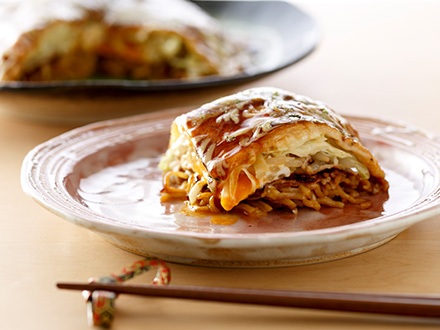
We introduce Japanese home cooking recipes (both video and text) for free. Please watch and try them out! Smart phone app is available too.
See recipes
YUCa’s Tea
Japanese tea is loved by people as an indispensable drink for daily health maintenance. In Japan, tea is grown over a wide area. Major production areas include Shizuoka, Kagoshima, Mie, Kyoto, and Saitama prefectures.
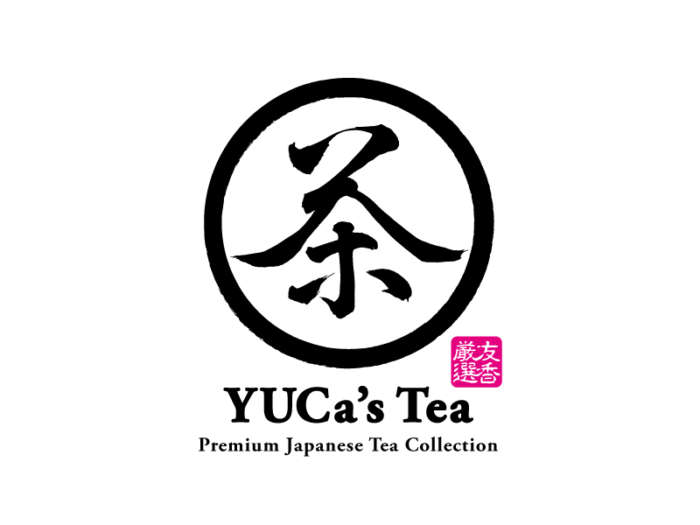
“YUCa’s Tea” is a premium Japanese tea collection curated by a culinary expert YUCa. Through a variety of hi-end teas such as Chiran-cha (Green tea from Kagoshima), Uji-cha (Matcha from Kyoto), and Tosa-cha (Houji-cha from Kochi), it showcases the charm of various regions across Japan. Shall we travel with YUCa’s Tea?
In the future, it will expand not only to tea but also to tea-related sweets and more.

YUCa’s Tea Collections : As of May 2024
・Chiran-cha, Green Tea : Tea bag (3g x 10 bags) – 1,000 JPY
・Chiran-cha, Green Tea : Tea leaf (100g) – 2,000 JPY
・Uji-cha, Organic Matcha : Powder (30g) – 3,000 JPY
We ship internationally! Please contact us from here. https://yjc.tokyo/contact-us/
More information on the origin and the characteristics of each product, please see below.
Read More
Sunday Market in Kochi (土佐日曜市)
Held every Sunday in Kochi Prefecture, this market called “Nichiyo-ichi” has a history of more than 300 years.

From around 6:00 a.m. to 3:00 p.m., about 300 stores line up along Otesuji Street under the castle in Kochi, stretching about 1 km along its length. Fresh vegetables and fruits, as well as hardware, knives, plants, etc., are sold.

Read More
Warabi Mochi
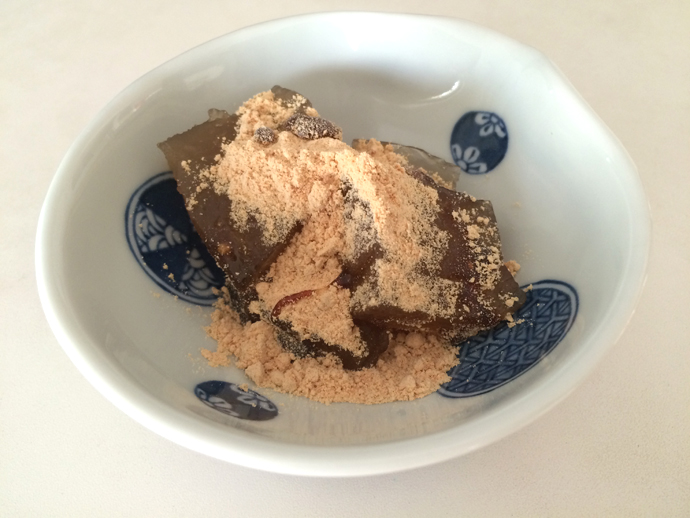
Warabi mochi (わらび餅) is a Japanese confectionery made from starch extracted from the root of the wild vegetable “warabi”. The pulled texture of the warabi mochi and the harmony of the molasses and soybean flour called “Kinako” are addictive, and you will not be able to stop eating it.
Warabi mochi is often confused with kuzumochi, which is also eaten with molasses and soybean flour, but kuzumochi is milky white and has a slightly harder texture. Kuzumochi is made from starch extracted from the root of the “kuzu” plant.
Read More
Ichigo Daifuku (Strawberry Mochi)
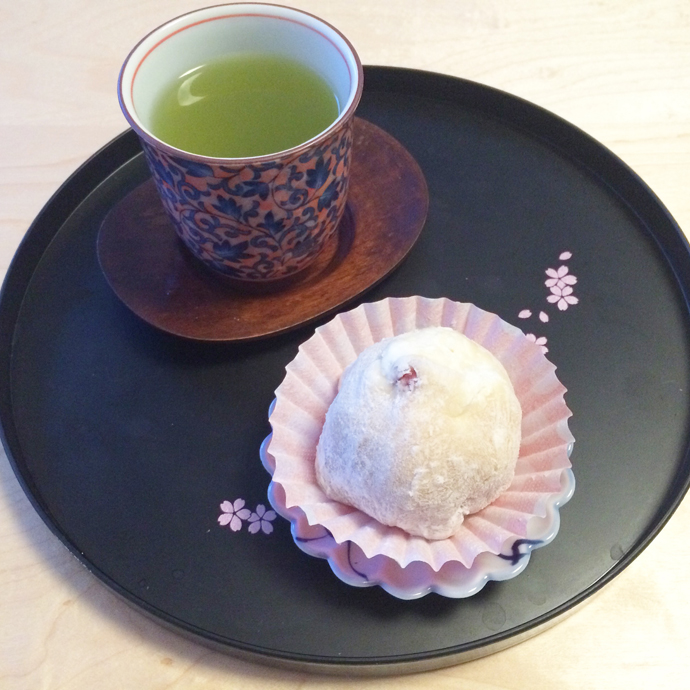
Ichigo Daifuku (いちご大福) is made by wrapping a whole strawberry in anko (red bean paste) and then wrapping it in gyuhi (a type of rice cake). The combination of the tartness of the strawberries and the sweetness of the bean paste is exquisite, and the texture of the mochi is also unique.
There are various theories as to the origin of Ichigo Daifuku, but it is said to have originated in the 1980s, inspired by shortcake. Although it has a shorter history than other wagashi, it is now firmly established as one of Japan’s most popular wagashi.
Read More
Anko (Red bean paste)
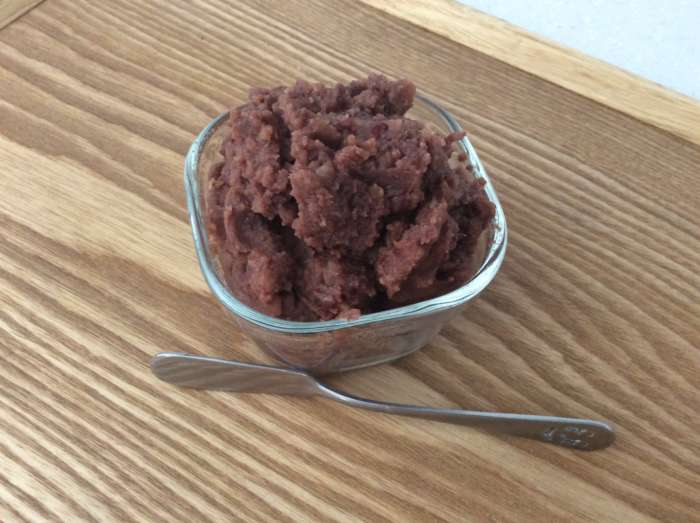
Anko(あんこ) is sweetened azuki beans. It is used in many wagashi, such as daifuku, taiyaki, anmitsu, and oshiruko, and is essential for making wagashi. There are two types of anko: Tsubu-an (つぶあん), which retains the texture of the azuki bean grains, and koshi-an(こしあん), which is strained smooth. If you feel that store-bought anko is too sweet, why not try making homemade anko? And if you do, don’t forget to use azuki beans called dainago(大納言).
Read More
Ohagi & Botamochi
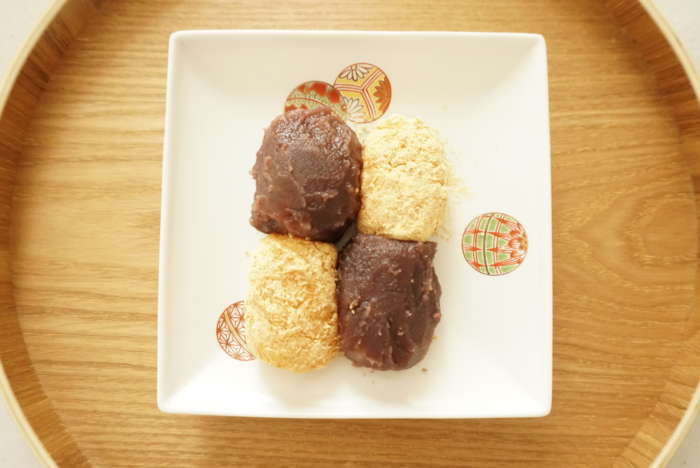
Ohagi (おはぎ) is made by wrapping sweet bean paste with glutinous rice cake or, conversely, by rolling glutinous rice cake into a ball and wrapping it with sweet bean paste. It is an indispensable food for offerings on the far shore, and seems to be a Japanese confectionery that has been familiar to people since ancient times.
In addition, it is called “Ohagi” on the autumnal equinox when hagi flowers bloom, and “Botamochi” on the spring equinox when peony flowers bloom. It is interesting that the names change depending on the time of year.
Read More
Sakura Cherry Blossoms in Kochi
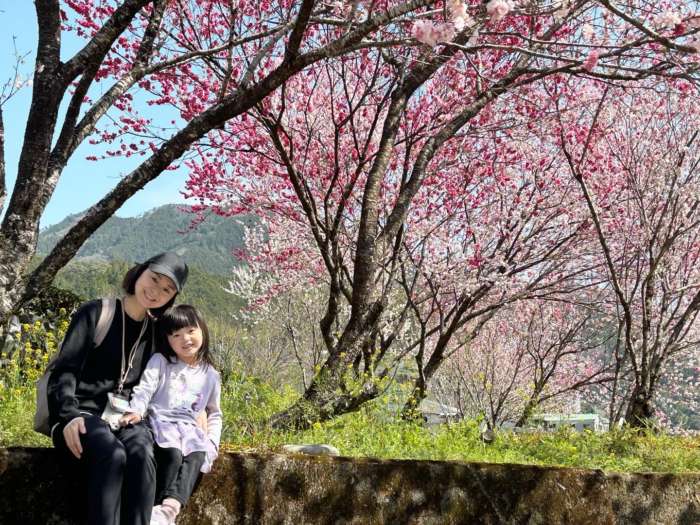
I recently visited Kochi Prefecture with my family. It was just in time for cherry blossom viewing, and we were able to see a 500-year-old cherry tree, which was a great memory. I have taken other photos, so please take a look.
Read More
YUCa’s Tea (Leaf ver.)
We are very happy that YUCa’s Tea, newly launched this year, has been well received by participants of the cooking class and other green tea lovers in Japan and abroad.
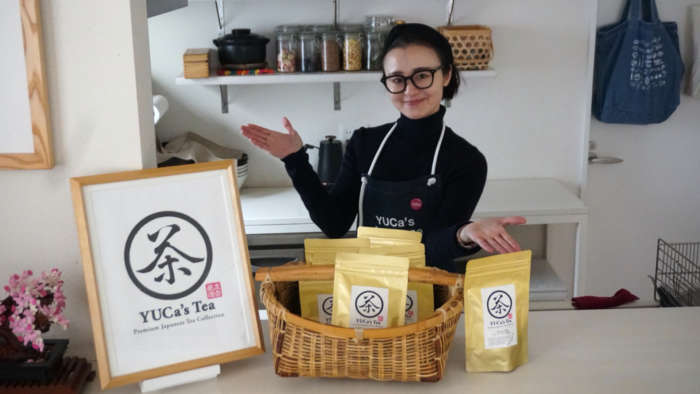
Chiran-cha, which is characterized by its deep roasted flavor, is a tea that I drink regularly, and I am very happy to be able to introduce it to everyone in the form of a commercial product.
The first product was a tea bag type so that people can enjoy green tea easily.
Now, we have decided to commercialize the leaf type as our second product.
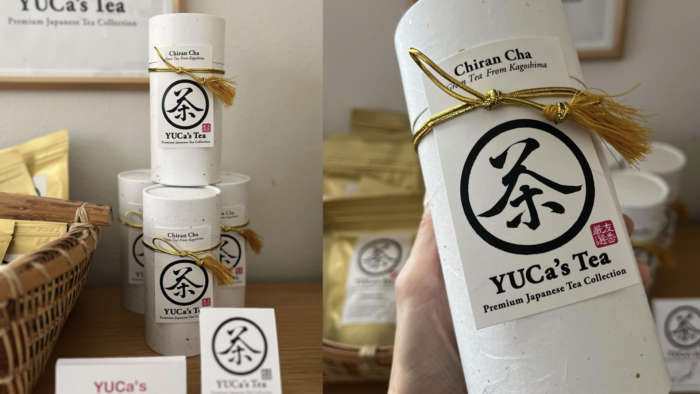
The tea comes in generous quantities, so if you have a teapot, we hope you will enjoy drinking this type of tea!
The characteristics of the tea leaves and the recommended way to drink them are explained in the attached leaflet.
For more information about the YUCa’s Tea, please click here!
https://yjc.tokyo/yucastea
If you are interested in purchasing this product, please reply to this newsletter or contact us from here!
https://yjc.tokyo/contact-us/
Taiyaki (Fish shape waffle)
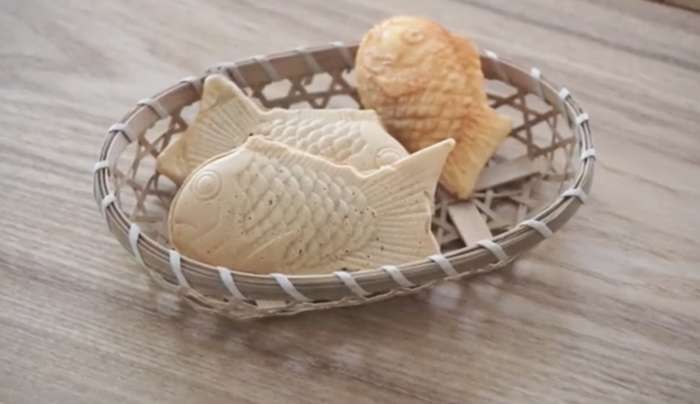
Do you know this fish shape waffle? This is called Taiyaki (鯛焼き). “Tai (鯛)” means a carp and “Yaki (焼き)” means stir-fry or bake in Japanese. To make this shape, you need to buy special waffle machine. You can buy online or electric stores here in Japan to make at home or you can find Taiyaki shops at many places here in Japan. Usually, Taiyaki has red bean paste inside but some shops sell custard cream, matcha cream, sweet potato paste, Chocolate cream, Sesame cream etc. In this recipe, I introduce the traditional Taiyaki which has red bean paste inside. Enjoy!
Read More
Egg Sandwich (Deluxe version)
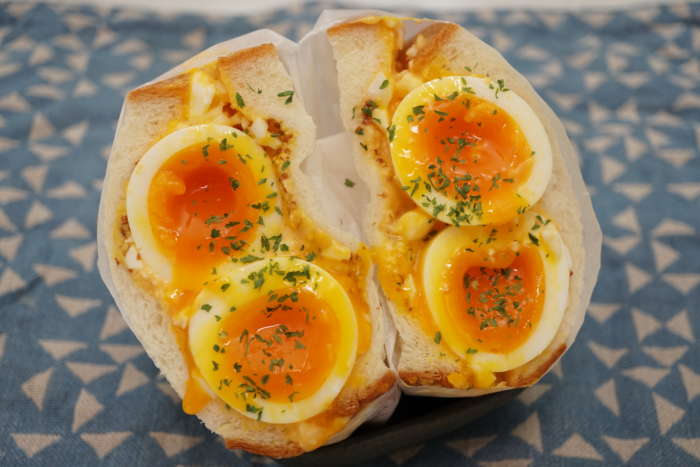
One of the most popular sandwiches in Japan is the egg sandwich. Convenience stores, supermarkets, and specialty stores sell a variety of egg sandwiches, and I have already introduced two recipes on my blog. This time, I will introduce the deluxe version Egg Sandwich; Egg Mayo Salad + Soft-boiled Egg combo style. If you are egg lovers, this is the perfect recipe for you! Read More


























